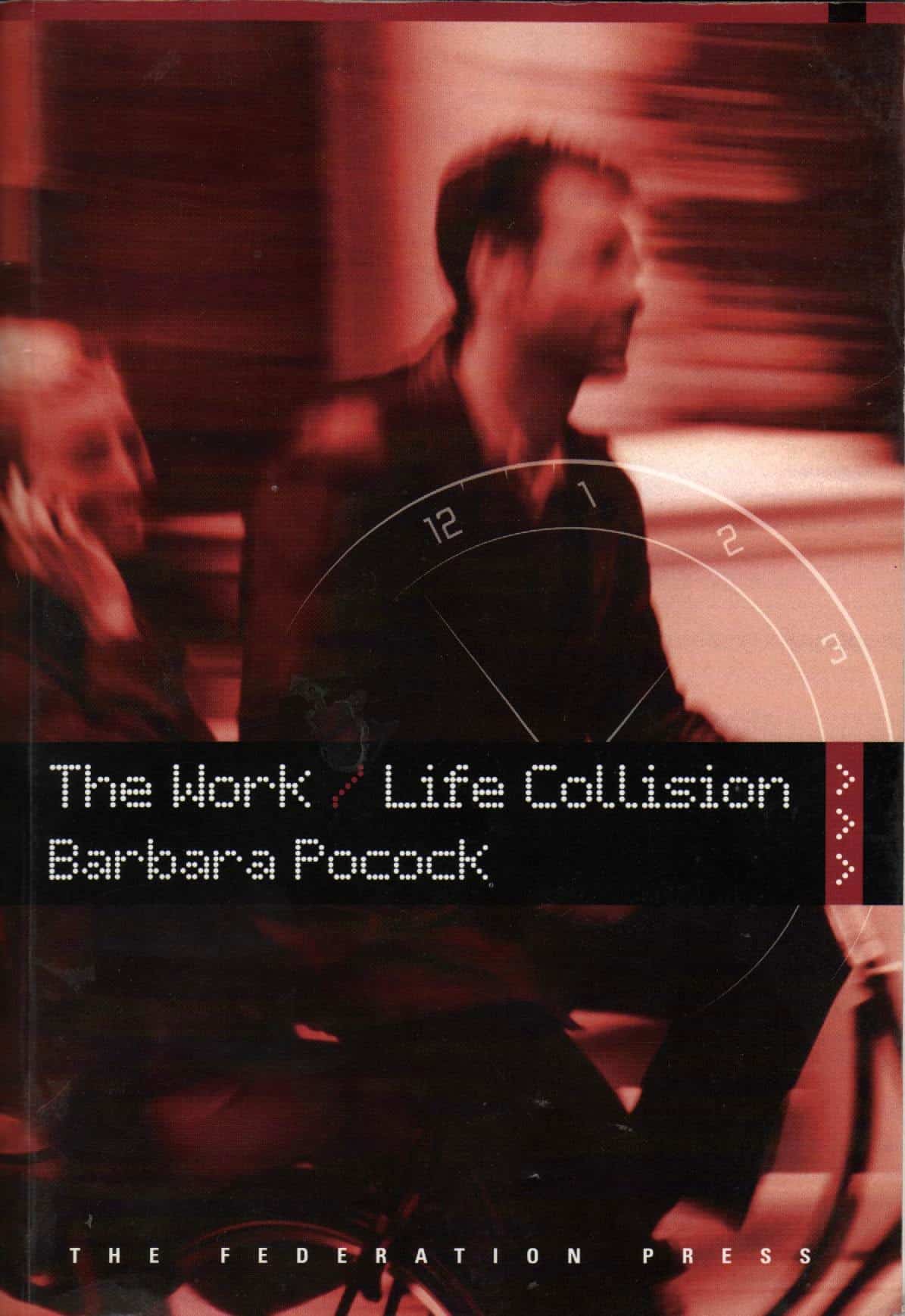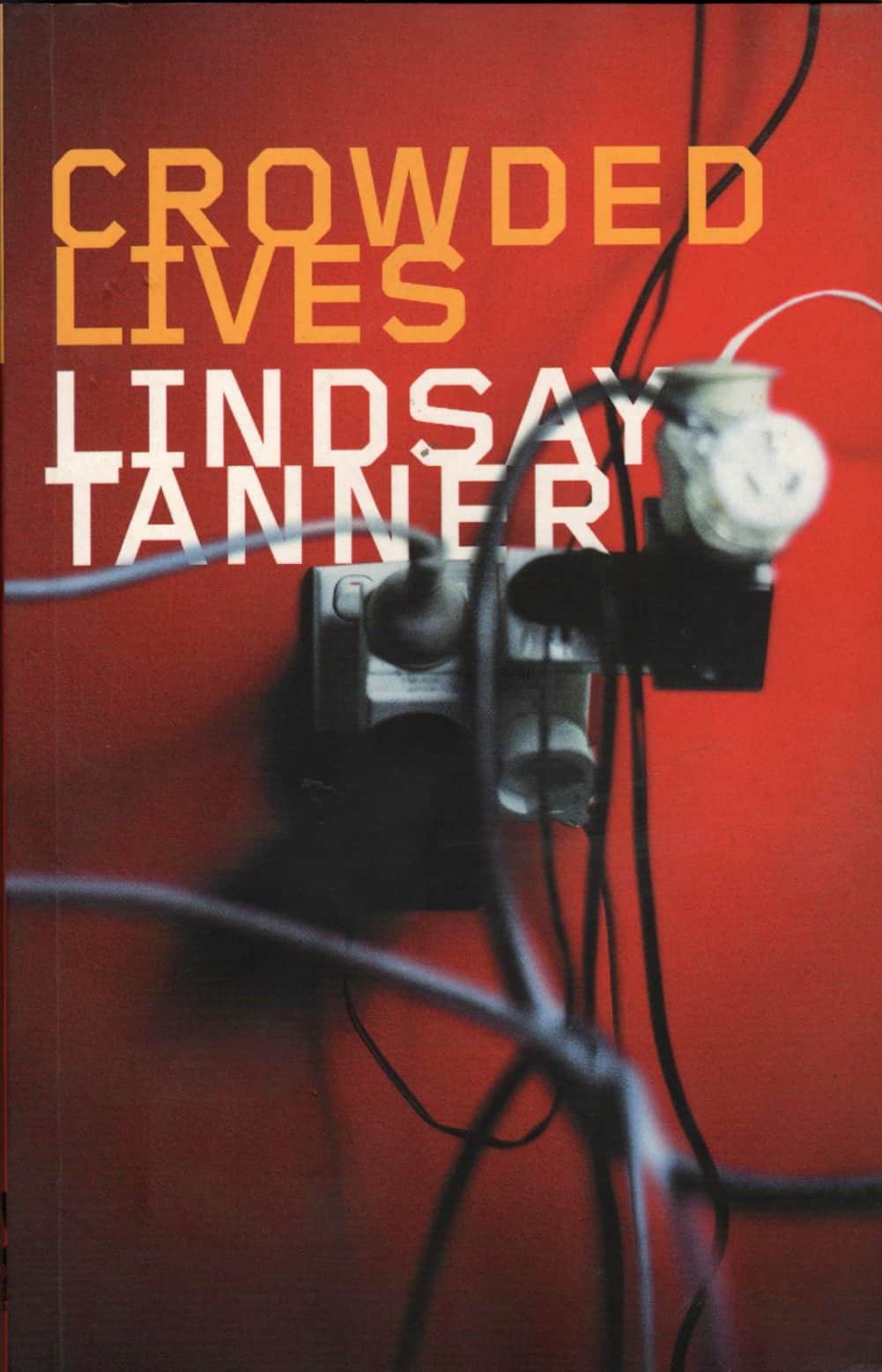Safe Work Australia introduced a program of safety ambassadors in the lead-up to Safe Work Australia Week 2009. The editor of SafetyAtWorkBlog was chosen as one of this year’s ambassadors. Kevin Jones was also featured in the authority’s newsletter, the Safe Work Australian, that is available for download.
There were no formal requirements of the title other than promoting Safe Work Australia Week. From the list of ambassadors on the Safe Work Australia website, most already have a strong record of advocating safe work practices. Being an ambassador seems to have simply provided a topical focus, or additional motivation, for promoting the week.


 The first award was for the Health & Safety Representative of the Year, won by Phyl Hilton. Hilton was clearly honoured by the award and in his acceptance speech acknowledged that good OHS laws are “socially progressive” – a position that is rarely heard outside of the union movement or from non-blue-collar workers. It is an element missing from many of the submission currently being received by Australian Government in its OHS law review.
The first award was for the Health & Safety Representative of the Year, won by Phyl Hilton. Hilton was clearly honoured by the award and in his acceptance speech acknowledged that good OHS laws are “socially progressive” – a position that is rarely heard outside of the union movement or from non-blue-collar workers. It is an element missing from many of the submission currently being received by Australian Government in its OHS law review. The Best Solution to a Health and Safety Risk was given to Bendigo TAFE for a machine guarding solution. Guards have become an unfashionable hazard control solution and often now seem to rely on new technology. The chuck key guard was as hi-tech as an interlock device but one that the users of the lathes, almost all young workers, would not need any involvement with. If chuck key remains in the place, the guard is out of position and the machine cannot start. Simple is always the best.
The Best Solution to a Health and Safety Risk was given to Bendigo TAFE for a machine guarding solution. Guards have become an unfashionable hazard control solution and often now seem to rely on new technology. The chuck key guard was as hi-tech as an interlock device but one that the users of the lathes, almost all young workers, would not need any involvement with. If chuck key remains in the place, the guard is out of position and the machine cannot start. Simple is always the best. and it would have been great to have a single device but the stacking option was particularly interesting. Many pub cellars are cramped and being able to stack beer kegs in a stable fashion is attractive, and sensible. The cross-support that is placed on top of each keg was, perhaps, the standout feature. One can almost see the staring at the top of the keg by the designers and the creative cogs turning. The best solutions always seem to be those where one asks “why didn’t I think of that?”
and it would have been great to have a single device but the stacking option was particularly interesting. Many pub cellars are cramped and being able to stack beer kegs in a stable fashion is attractive, and sensible. The cross-support that is placed on top of each keg was, perhaps, the standout feature. One can almost see the staring at the top of the keg by the designers and the creative cogs turning. The best solutions always seem to be those where one asks “why didn’t I think of that?” The attraction of this winner of Best Design for Workplace Safety is that the inventor has looked beyond PPE for jockeys to what a jockey is likely to hit when falling of a racehorse at speed.
The attraction of this winner of Best Design for Workplace Safety is that the inventor has looked beyond PPE for jockeys to what a jockey is likely to hit when falling of a racehorse at speed.
 Work/life balance in Australia is skewed towards those workers who have young families or a role as a carer. This is due to work/life balance evolving from the feminist and social concepts of the 1970s and in response to the increased number of
Work/life balance in Australia is skewed towards those workers who have young families or a role as a carer. This is due to work/life balance evolving from the feminist and social concepts of the 1970s and in response to the increased number of 

